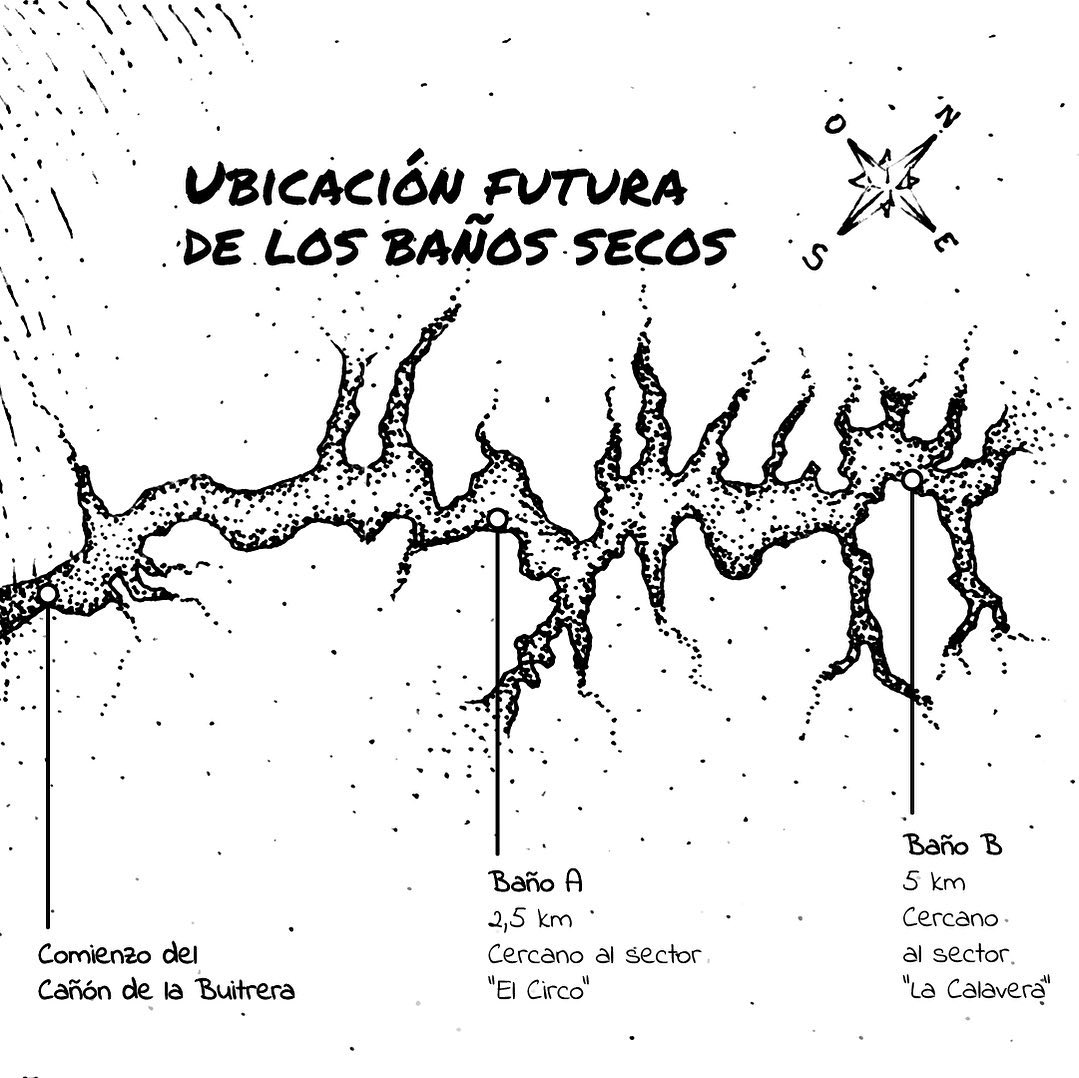The Upper Middle Rhine Valley World Heritage Local Action Group (LAG) is the steering body of the LEADER project. The group includes members from 28 local organizations representing public authorities, the economic and social sectors, and civil society.
The LAG implements the Local Integrated Rural Development Strategy (LILE), which sets objectives for the funding period between 2014-2020 and formulates fields of action for the strategy around four themes:
- liveable settlements of the Middle Rhine;
- sustainable tourism and economic structures;
- preservation and sustainable development of the cultural landscape of the area;
- society and communities in the World Heritage property.
Members of the LAG advise and decide on projects that are submitted to the calls for funding on the basis of their pertinence with the LILE strategy.
The area of interest of the LAG is very similar to that of the UNESCO World Heritage as it includes the associated communities of the Rhine-Nahe, St.Goar-Oberwesel and Loreley and parts of the Rhine-Mosel municipalities and parts of the cities of Boppard, Lahnstein, Bingen and Koblenz.
The LAG also exchanges with national and transnational partner regions on joint cooperations. Currently,
the LAG is working on the application for a new funding period 2023 – 2029.
The action groups has been created in relation to the EU funded project LEADER (from the French Liaison entre actions de développement de l´économie rurale) which focuses on the establishment of models and projects to strengthen the sustainability of regions and their local economy. The LAG is in charge of implementing the LEADER action in the region. The LAG comprises a set of relevant members organizations working and acting on all key sectors and aspects of local development.
